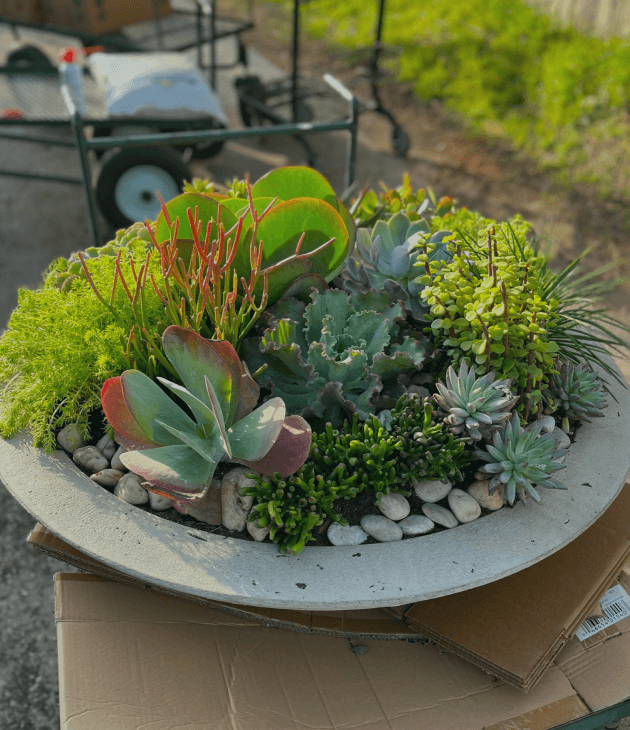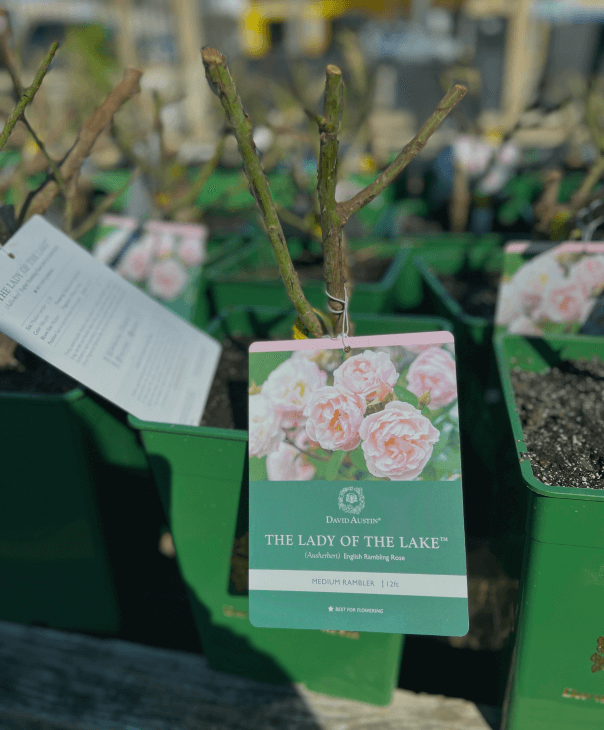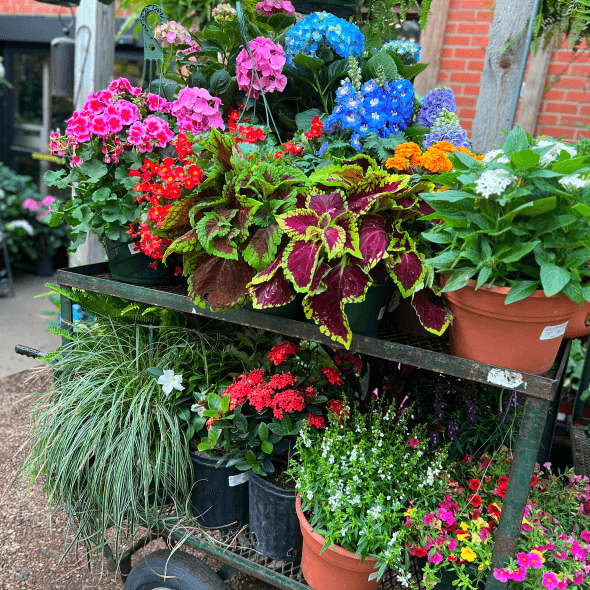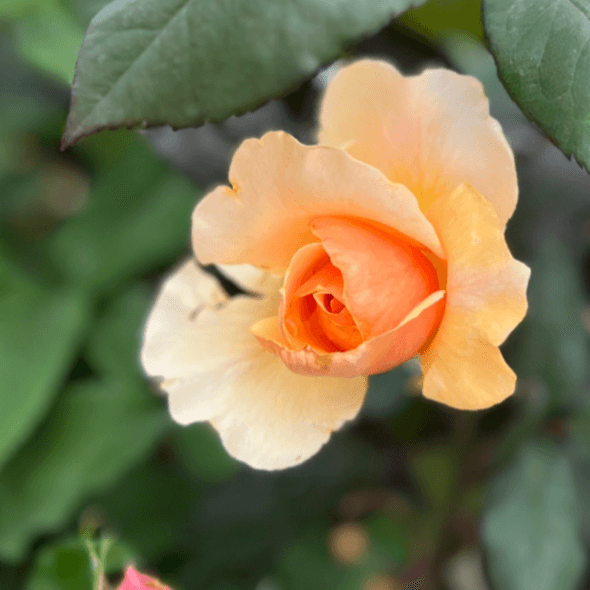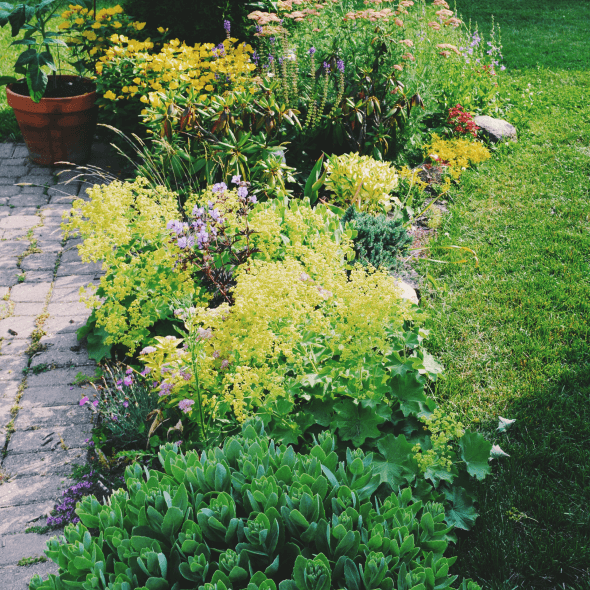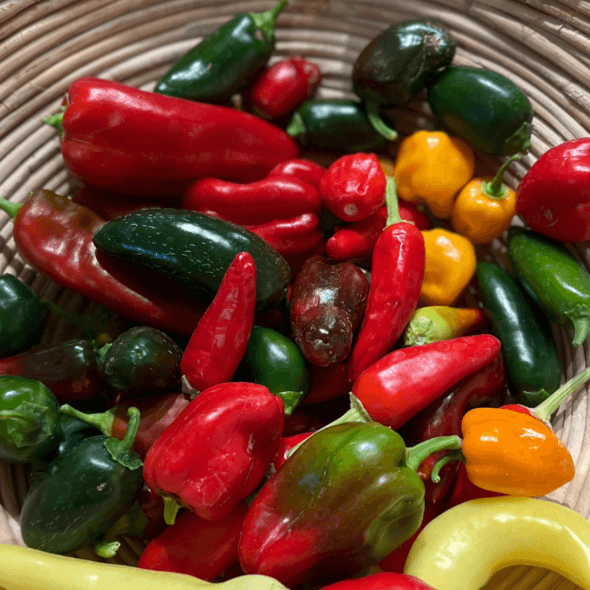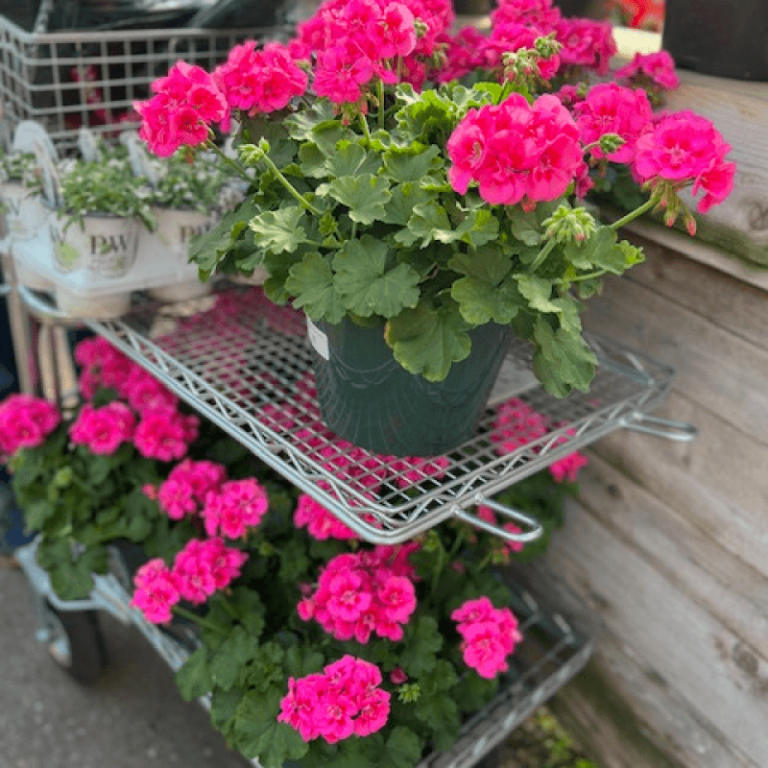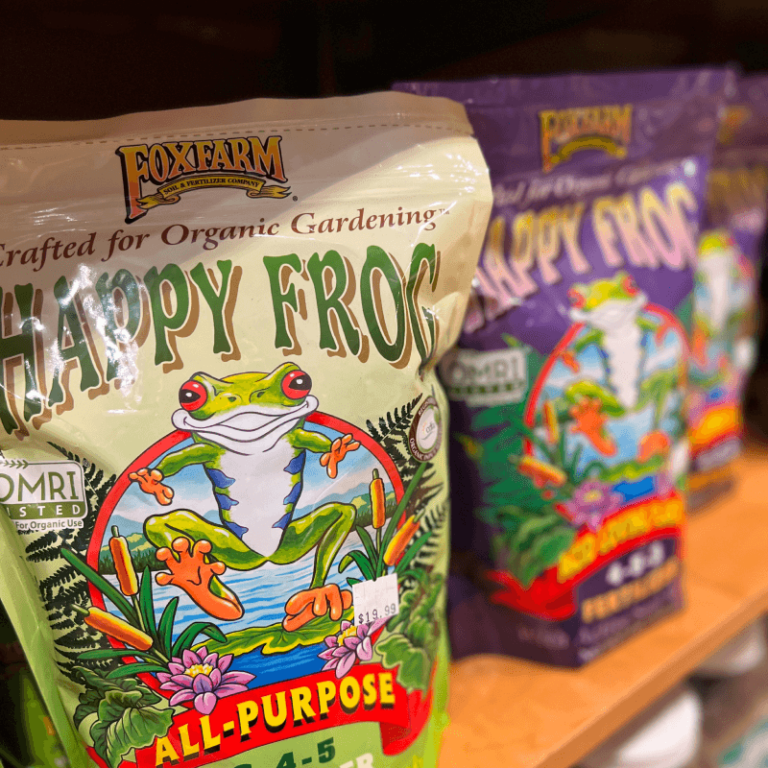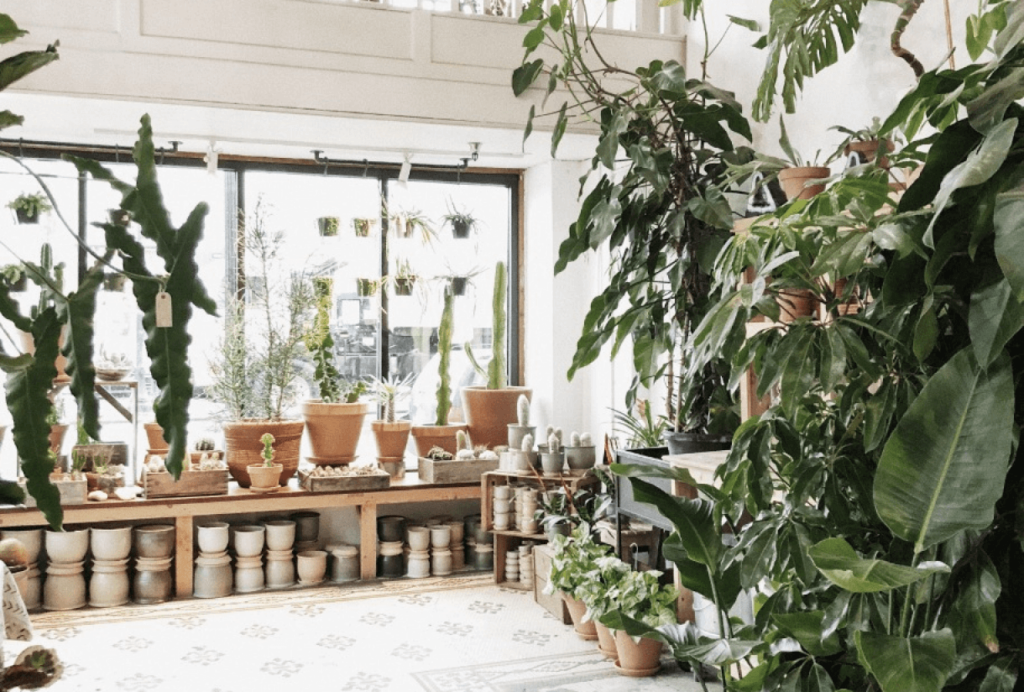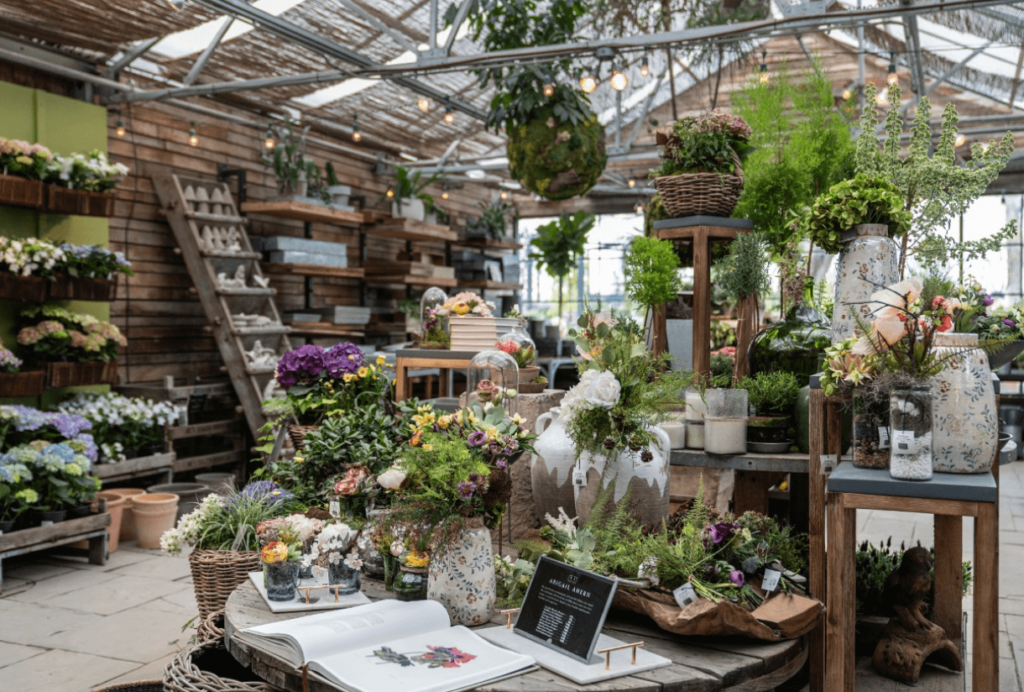There is nothing quite like peonies when they are in bloom! Wide ranges of colors exist but usually they are in shades of red, pink and white. Flowers are often 4″ to 6″ across, but can be smaller or larger. Numerous different flower types have resulted from centuries of breeding and selection. The most common forms are double flowers, single flowers and Japanese flowers, Most plants grow from 2′ to 4′ tall in the spring to early summer; die back in October to November only to re-grow in March. Peonies are very cold hardy. They only need winter protection when temperatures are below -20 degrees F.
The best time to divide and plant the peony root is late October to November, but may be dug and divided as late as early March. To divide a peonies begin with cutting the plant stems down to near ground level.Carefully dig the plants and shake gently to remove soil. Cut the clump into sections making sure that each section has 3 to 5 eyes and a portion of the root system. Divide only when necessary because the longer a clump is established in the ground the better it blooms. Container grown peonies may be planted anytime, but water well according to the season.
To plant a peony dig a hole 18″ deep and 18″ wide and break up any large clods of soil. Then add compost to that soil at a ratio of 70/40 and blend. Add 1/4 cup of fertilizer with a ratio near 5-10-5 to half the soil and place this soil into the bottom of the hole. Next add soil without fertilizer to adjust soil height so the peony division may be properly placed. Plant the peony so that the eyes are approximately one inch below the soil surface in the southern United States. Water in peony root thoroughly and then weekly as needed.
Select a sunny, well drained location for your peonies. They will tolerate some shade, but should have at least a half-day of direct sunshine. The best blooms are usually found on plants growing in full sunlight. Do not plant near large trees or heavy shrubs where they would be in competition and robbed of necessary moisture and plant food. Plants may be spaced from 2′ to 4′ apart according to effect desired. Peonies prefer a soil pH of 6.5 to neutral to moderately alkaline. While peonies are tolerant of a wide range of soil conditions, they will not survive in situations where the soil becomes water logged.
If your ground has been properly enriched at planting time, there will be little need for further fertilization for some years. The type of soil will determine the frequency. Porous soils loose their fertility faster than others as it leaches quicker with watering and rains. Keep all fertilizer away from the crowns of the plants. There are no feeding roots there. Spread the fertilizer in the area 6″ to 18″ from the crown and cultivate that into the soil carefully. Use fertilizer with discretion as over fertilized plants will not bloom well and soon run their course. Per plant use about half a handful of commercial fertilizer such as Fertilome Gardener’s Special Fertilome Azalea, Camellia & Rhododendron Food (9-15-13); or one or more of bone meal or super phosphate. Optimum timing of fertilization is right after blooming is finished. Peonies finish blooming late May to early June. A September feeding of bone meal or super phosphate may improve following spring blooms.
Water your peony plants immediately after planting so that the soil settles well around the roots. During the spring months there is usually enough moisture in the ground for peony plants, but if several weeks pass without rain, give them a good watering once every two weeks. This should also be done during the dry summer months after the peonies have bloomed to ensure a good crop of flowers the following year.
When the foliage of the peony has turned brown in the fall, after the first heavy frost, cut the plants down as near to the ground as possible. Dispose all old stems and leaves as a protection against disease build up. Most foliage diseases can be controlled by the disposal of infected plant material and removal of dead leaves at the end of the season. Spraying with a systemic fungicide or Bordeaux mixture can prevent further outbreaks. The most common leaf fungi are septoria, cladosporium and botrytis. Fortunately, peonies are on the whole very robust plants that suffer from relatively few diseases. It is quite possible to operate without chemicals such as fungicides, but vigilance is essential. Disease materials must be destroyed before pathogens can spread.
Peonies may be grown in pots very easily. They prefer a “heavier” soil than some artificial mixes on the market. Perhaps add 1/3 topsoil to 2/3 potting soil. Use super phosphate in the mix. If potting in the fall do not place in heated greenhouse. Place on patio with a mulch over to induce root growth and no top growth. Keep from freezing solid and thawing in extreme winters. Place rodent bait if you have a rodent problem. Rodents love peonies. A good fertilizer for peonies in pots would be time-release types like Carl Pool 13-13-13 or Osmocote 14-14-14.
If, “Why do my peonies fail to bloom?” is your question, then examine these most common reasons:
- Plants are too small and have fewer than three eyes.
- Plants are not established yet. This may take several years. 3.Plants are planted too deep.
- Plants have too much competition from surrounding trees and shrubs.
- Plants have too much shade, which encourages tall leafy plants, and no blooms.
- Too much nitrogen in fertilization has been applied which encourages foliage not flowers.
- Plants are undernourished so they are weak and small.
- Applying ice on your bed of peonies or pots of peonies is never necessary. We obtain plenty of winter chilling for their roots. Peonies are a wonderful addition to the landscape. Plant them in your mixed perennial border or in group plantings of 3 or 5 in a group. They can be one color or mixed. Large mass plantings of one color can be stunning but do remember they bloom only in late spring, May usually. They are very effective in mixed plantings of shrubs, bulbs, perennials and annuals. Plant with other plants to provide color and texture when peonies are not in bloom. Enjoy your peonies.




